Daily Celestial Challenge /Light in Art and Architecture
Light in Art and Architecture
Light is important in every aspect of our life including art and architecture. In art, the treatment of light is very important, especially in the visual arts. In addition to focusing on light, the artist also focuses on the representation of shadows.
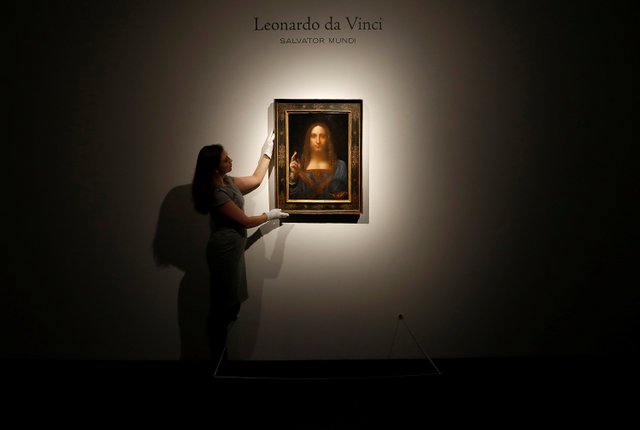
One of the most important artists that describes with maximum details Light and shadows is the great Leonardo Da Vinci
"The shadow is a lack of light and only the resistance of the opaque bodies that prevent the rays of light. By its nature, the shadow belongs to the darkness, while the light, by its nature, belongs to the luminosity. The one hides, the other reveals. They are always together on bodies; and the shadow has more power than the light (...) The shadow is the means by which the bodies reveal their forms. (...) Thus darkness is the first link of shadow and light the last. Therefore, you, painter, must make the shadow as dark as possible near its origin and let the end of the shadow become light, so that it seems as if it has no end. "
In the 20th century, light became part of the art. In Romantic art, it was represented as a concept and acquired independence from in the middle of the 20th century.
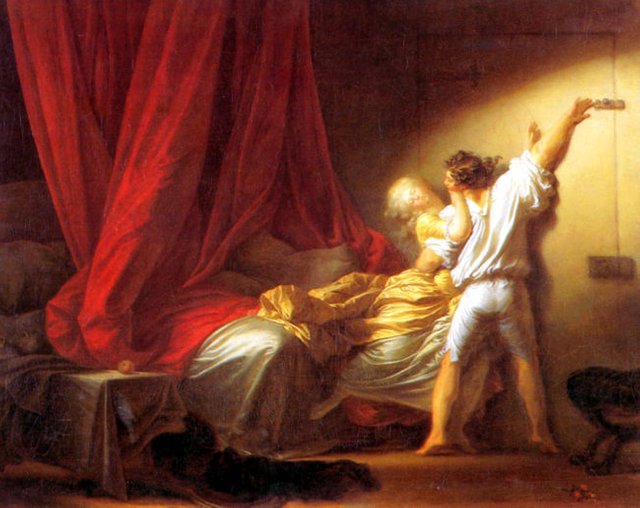
This began to conceive a reflection on the perception and the historical roles of art. The light became an expressive medium and the viewer found himself facing a new aesthetic understanding.
Another great artist who discovered the capacity of light in plastic works was Picasso, who made a series of drawings of light. For a person to see an object is not enough to have volume, it is necessary that they are well illuminated. Light allows us to perceive how it is shaped. When the light is very intense the shape of the objects is enhanced, however when it is tenuous, the objects lose volume and seem to vanish.
In art, light produces emotional reactions, for example, it does not generate the same emotion if a person observes a landscape with a bright sun instead observe the same landscape but with a cloudy sky.
In the gothic stained glass is also present as physical reality and gives us a perception that is only possible thanks to the light that passes through the transparent material.
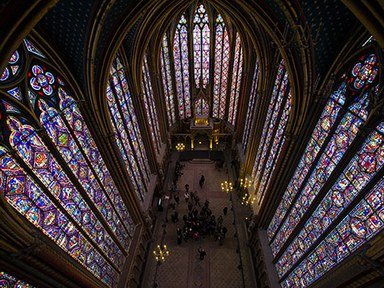
During the Renaissance, the artists Giotto and Masaccio began to use light as an expressive medium capable of giving the art a certain character. The light was projected from a high and remote point; it was only a soft and diffuse clarity that spread throughout the scene, creating nuanced shades of great delicacy. In the Baroque, light concentrates on a point, which produces illuminated parts and dark parts, creating effects of drama.
In Neoclassicism returns to the idea of feigning light, producing a three-dimensional illusion. It was the impressionist painters who insisted on painting as it is presented to the eye. In modern painting they dispensed with all naturalistic representation of the world and replaced the concept of illumination with that of luminosity, which is the property that colors have of radiating clarity by virtue of their internal light and the relations that are established between them. But light returns to take an active position in the kinetic arts, in which it intervenes as a source of real energy, necessary for the creation of works.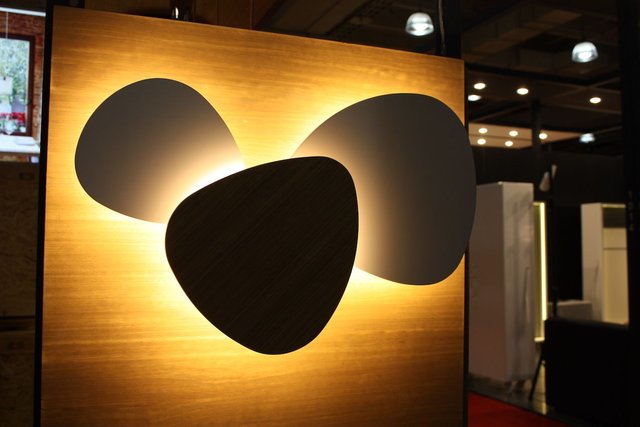
A sculpture is not enough for it to be beautiful, it can lose all its quality and character when the effects of lights and shadows are ineffective. When it is artificially illuminated, the origin of the light should be slightly high and laterally. The light directed from below produces dramatic effects and distorts the volume. The new currents ignore academic norms, looking for other sources of inspiration. It paints the beauty of the ugly, of the abandoned: pots of preserves, characters of comic strips, absurd objects and others.
For architecture, light is one of the main variables that influences the designs being natural light (sun) the dominant medium through which people experience it; Natural and artificial light can be manipulated by design to identify specific places and give them a specific character, offering an integration of light in architecture.
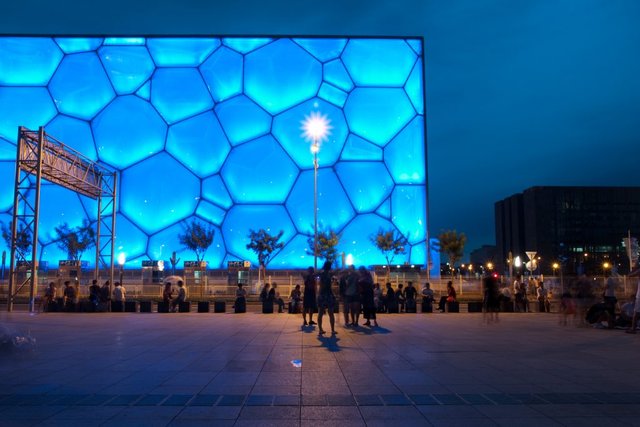
Light can be related to the activity of the place; It can be altered and can vary through the night / day cycles, and also throughout the different seasons of the year. These variations can be stimulating and exploited to define places. Their qualities can be deliberately altered by the design, varying the form of penetration of the solar rays in the building.
Light can contribute in many ways to the identification of places through architecture. The way in which light contributes to the identification of the place is a consubstantial part of the architecture. The treatment of light plays an important role in the conceptual organization of space and determines the way in which the primary elements of architecture are used. The light contributes to the environment of the place. There is no doubt that the adequate lighting for a place of contemplation or prayer should have qualities very different from those of a place where basketball is played or those of an operating theater where operations are practiced. The same place can radically change its character depending on the way it is illuminated
Natural light offers us sensations impossible to achieve with other elements, it gives us warmth and a special charm. Its benefits do not only count from the energy point of view, it also contributes to human health and to the sanitation of the building.
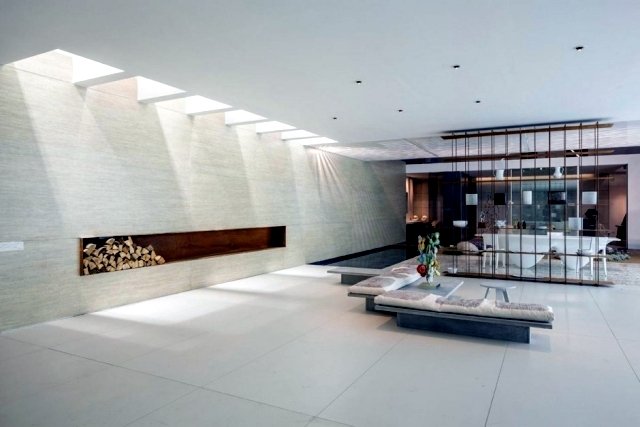
It is very important that when designing a building design these details are taken into account; It is possible with a previous analysis to predict the amount of natural light entering the building and at the same time combined with artificial light design, where optimum levels of illuminance, low levels of glare, energy efficiency and visual comfort would be achieved. Undoubtedly, understanding the importance of natural light is vital for the architecture and life of the human being.
Thanks to @sirknight for the #celestialchallenge.
• Sunday - Light
• Monday - Darkness
• Tuesday - Animal Kingdom
• Wednesday - Structures
• Thursday - Forces in Nature
• Friday - LoveBeauty Freedom
• Saturday - Agriculture
Source
https://www.archdaily.com/362554/light-matters-louis-kahn-and-the-power-of-shadow
https://armour.wustl.edu/shadows-in-architecture/
https://es.slideshare.net/YungchangYang/light-and-shadow-76615285
https://www.artsy.net/article/institution-team-how-caravaggio-turrell-and-3-other-artists-revolutionized
https://en.wikipedia.org/wiki/Light_art
https://www.art2arts.co.uk/the-importance-of-light-in-art
https://www.artistsandillustrators.co.uk/how-to/portraits-figurative/254/understanding-light-and-form

I really liked your post, good content.
Thanks, 😎